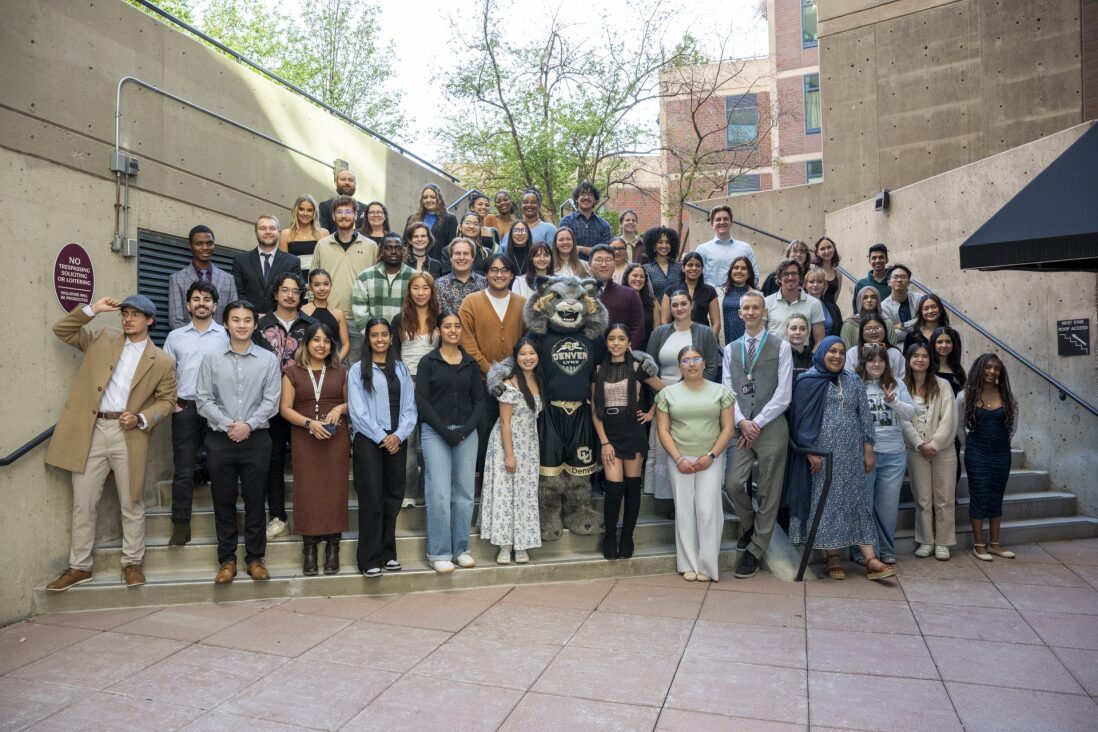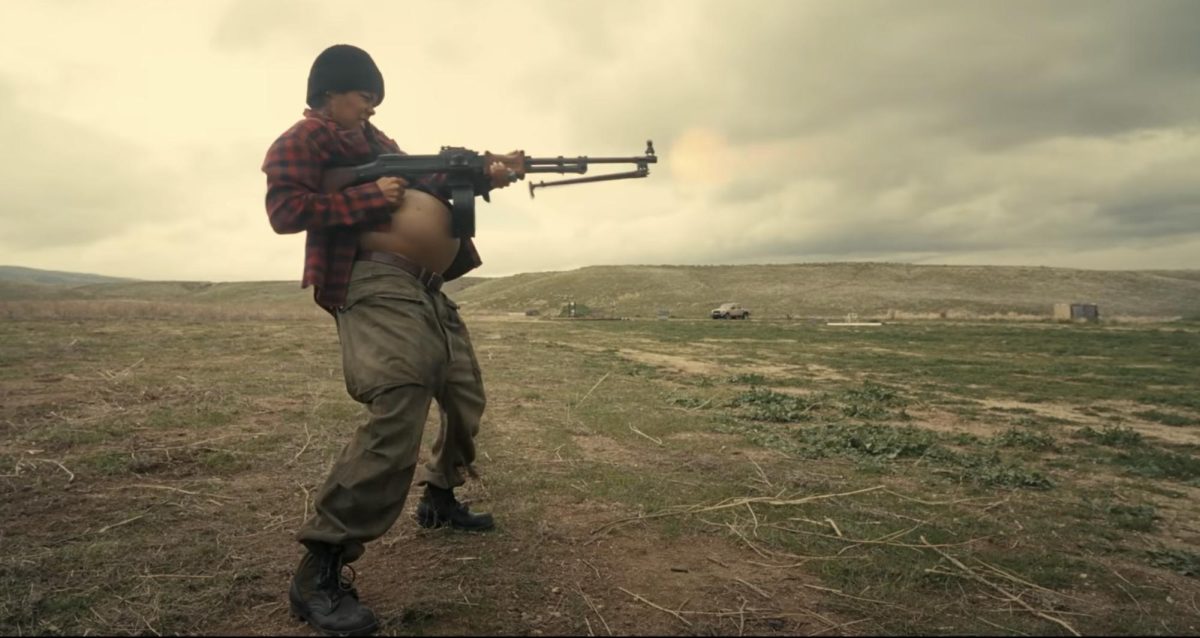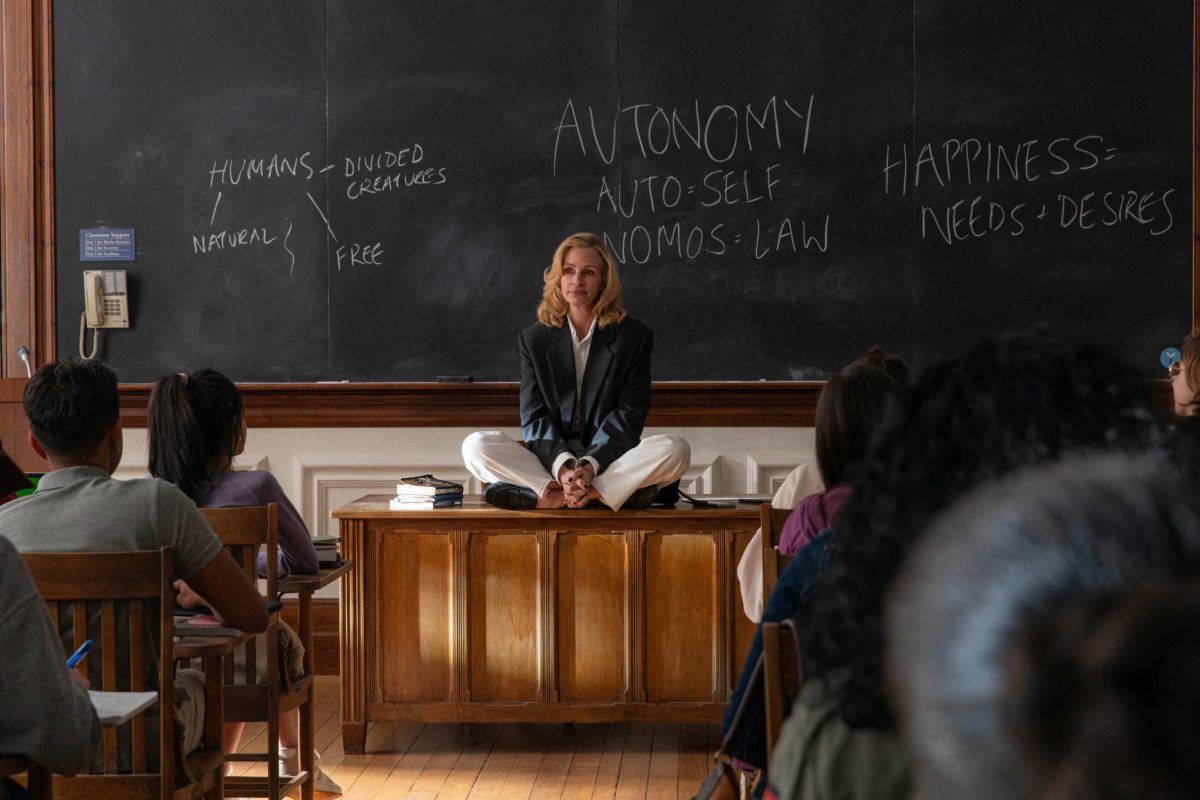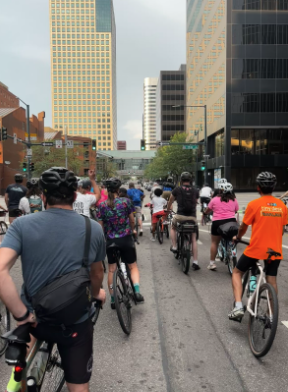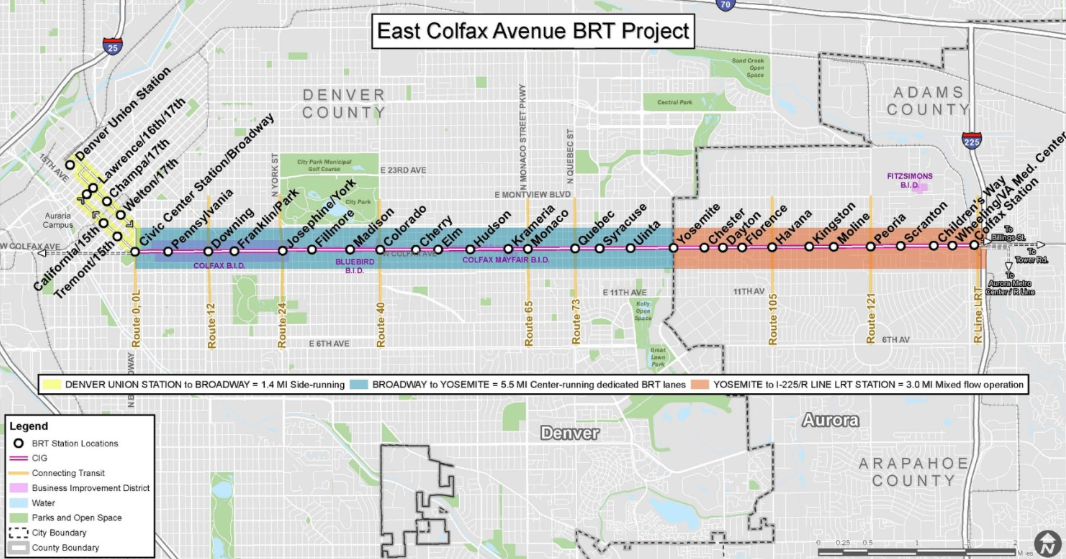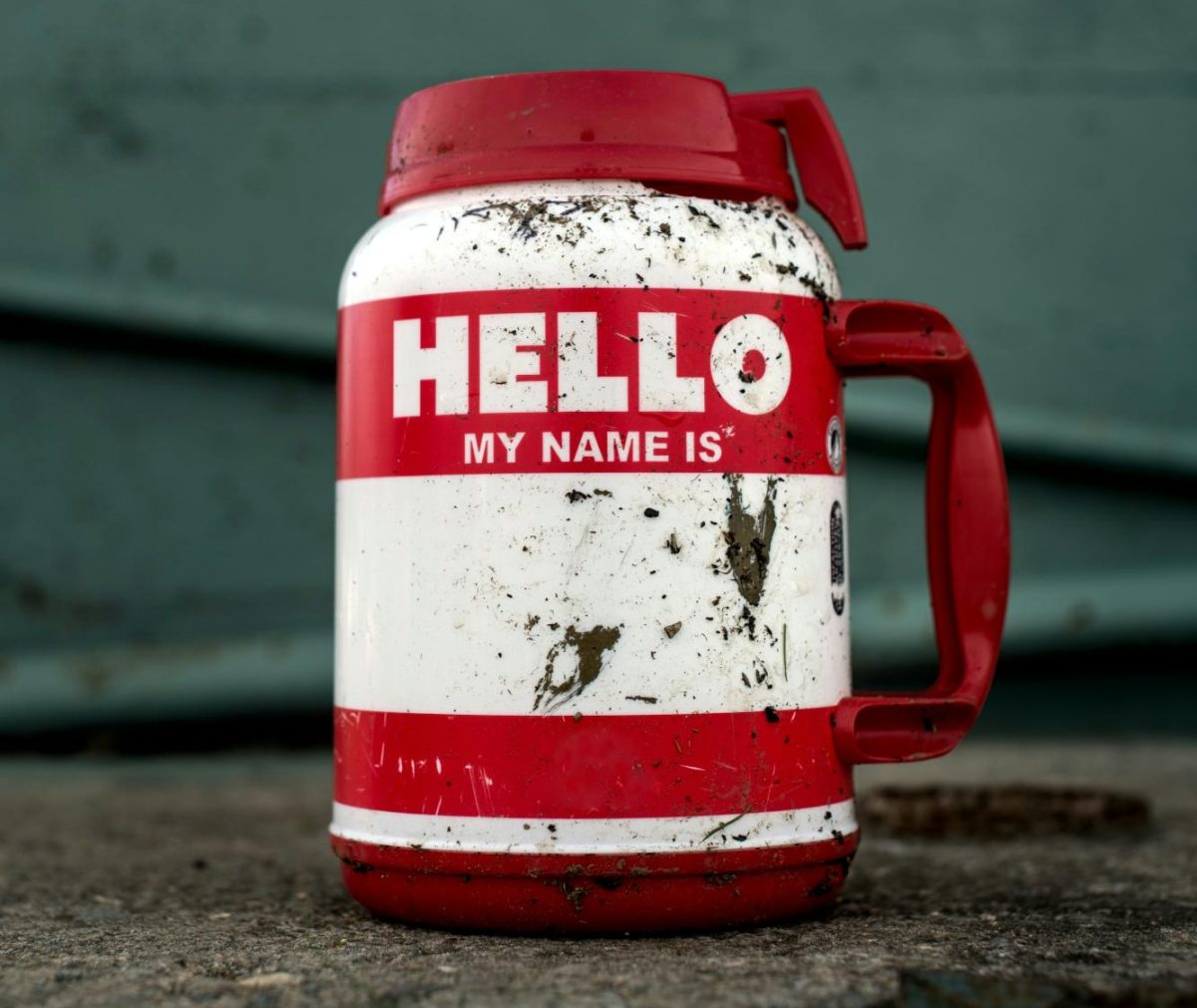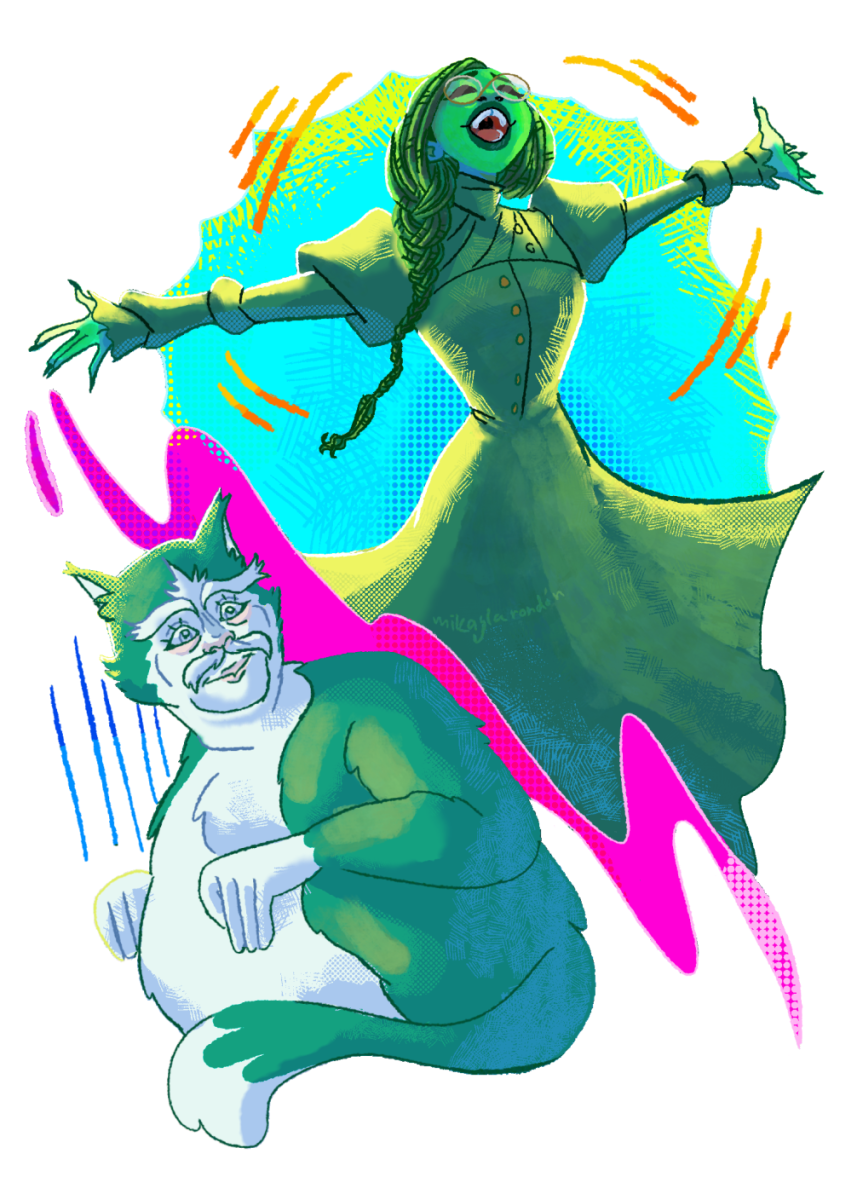If you’ve ever wanted to see live music in a soulless void, Mission Ballroom has you covered. Somehow, despite having a concert venue set in the heart of Denver Tech Center (the most obnoxious place on earth), Mission still manages to be the most oppressively lifeless venue in the city.
When designing Mission Ballroom, I’m sure the vision was clear: paint it black. The walls? Black. The ceiling? Black. Any potentially distinguishing features? Black. But, oh, to stand out a bit, let’s paint words really big on a few walls, and have glass doors.
Of course, any time I complain about Mission’s personality deficit, one pretentious audiophile in the group will pipe up with a “but Mission has the best sound quality in all of Denver!” Frankly, I don’t care. Some musical measure of quality that I’ll never perceive isn’t as important to me as being in a place with a rich history and artistic aesthetic.
Having disavowed Mission, where will mid-level bands who aren’t quite ready to hit Red Rocks play? The answer is easy: The Fillmore Auditorium.
Fillmore and Mission have a capacity difference of 50, with Mission hosting up to 3,950 people and Fillmore up to 3,900. While Fillmore can’t host quite as many people as Mission, that may be because the ghosts of its many past lives take up that space.
Opening in 1907, the Fillmore bore a different name: the Mammoth Roller Skating Rink. Although the rink was only open for three years, it made a lasting mark, quickly becoming a popular hangout for Denver’s youth. The building retreated from public view for a few years, becoming an automobile factory. The first car the factory produced made headlines, as it was purchased by Titanic survivor Margaret “Molly” Brown. Not even her unsinkable fame could save the manufacturing company, so in 1917, the company shuttered and sank into oblivion.
The building slipped back into the public eye from 1932 to 1965 as Mammoth Garden Roller Club, the city’s first rec center. Then, the Fillmore became home to an abundance of recreation, like ice skating, hockey, basketball, ice polo, boxing and wrestling. The venue even served a unique purpose during WWII, temporarily becoming a wedding venue. With pucks — and vows — flying, the rec center was a hit, and Denver’s youth had a hang out spot once again.
After a five-year stint as a warehouse, the building began to slant towards its current purpose, becoming Mammoth Gardens, a nightclub that sometimes hosted live music. In its eight-month stint under that moniker, the club hosted bands like The Who and The Grateful Dead. For a sometimes-music-venue that didn’t withstand the average pregnancy, the Gardens managed to pack their schedule with generationally defining music that outlasted the moniker’s tenure.
The building spent another brief stint as a farmers’ market, known simply as The Market, before reopening as Mammoth Gardens and beginning to host live music once again. After four years, a remodel and a name change, Mammoth Event Center opened, filling the stage with varying acts like Cyndi Lauper, Fugazi and Oasis. The mammoth name proved to be once again fatal, condemning the venue to a brief residence.
Just like their Pleistocene counterparts, yet another mammoth was frozen in time.
Then, in 1999, The Fillmore was finally born. The stage was moved — an effort to improve the venue’s acoustics — ringing in a new, long lasting era for the building. The venue’s opening was met with controversy, many saying that Denver already had too many mid-size venues. (Ironic, considering Mission Ballroom’s opening in 2019).
The Fillmore has lived many, many lives. It has served more purposes than I ever will, hosting millions of patrons during its tenure as The Fillmore, not to mention the plethora of visitors that came before it. You can feel its history as you walk across the creaky wood, making your way to grab a drink or merch. Sometimes, I wonder about its past layouts. Was this where there used to be an ice rink? Was this where cars once got their tires? Did someone get married, right here?
The last show I went to at Fillmore was New Year’s Eve. As I watched Band of Horses–a nostalgia filled act for me—I counted down to 2025. Thousands of balloons fell, marking another year of storied history to come.
When it comes down to it, Mission is AEG, and Fillmore is LiveNation. Both are soulless, corporate entities. But the Fillmore has a soul that not even corporatized music can kill, and Mission never had one to begin with.





